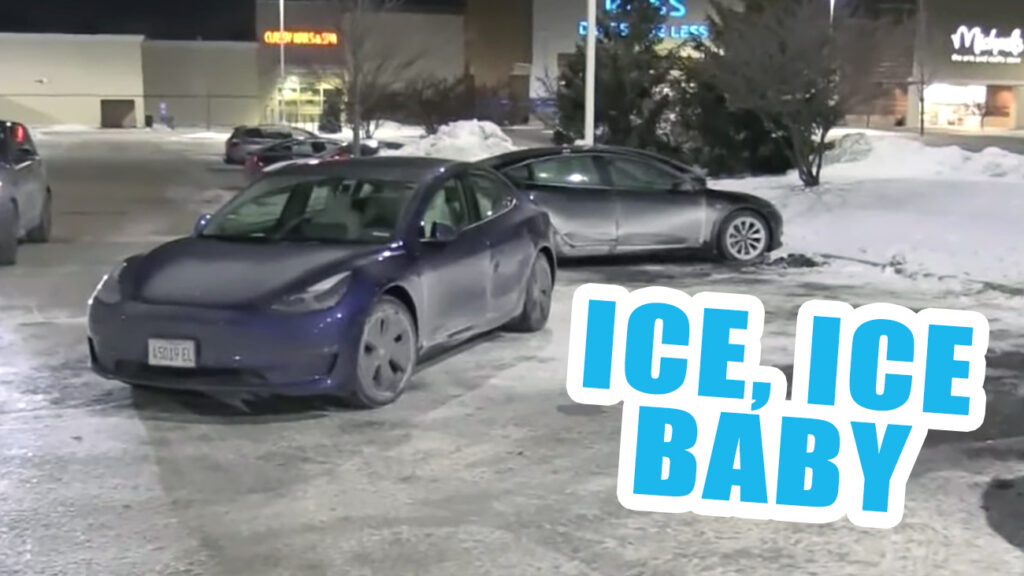The Midwest is currently experiencing a cold snap, leaving cities like Chicago with double-digit negative temperatures. These freezing conditions have led to some issues for electric vehicle (EV) drivers, who are experiencing longer-than-normal charging times, putting the charging infrastructure to its limits.
Some EV drivers in Chicago have been forced to have their cars towed after the hours-long wait times for an available plug killed their batteries. With cold temperatures reducing range and lengthening charging times, it’s a double-whammy for electric rides.
“You have to come up here, wait two hours to get into the charger,” EV driver Marcus Campbell told NBC Chicago. “They tell you it’s fast, but then it takes two hours to charge your car.”
Read: Here’s How Much Cold Temperatures Actually Affect EV Range
Automotive batteries work best in ambient temperatures, but lose efficiency when the thermometer drops below freezing. A study from the Norwegian Automobile Federation found that the cold can reduce an EV’s range by as much as 20 percent. However, AAA found that ranges can reduce by as much as 40 percent in the cold.
Meanwhile, the long charging times mean that it can be hard to find places to charge. The White House is currently funding efforts to increase the number of charging stations in America, but research has found that the number must quadruple by 2025 in order to keep pace with EV growth — in moments like these, it’s easy to see why.
While cold temperatures, certainly put a strain on EVs and the infrastructure that supports them, there are places that make it work. For example, the vast majority of new vehicles sold in Norway are electric. According to The Globe and Mail, the majority of drivers in the arctic nation charge at home, in order to minimize their dependence on public stations.
While at-home charging has advantage beyond cold-weather preparedness, it is also expensive, adding significantly to the cost of buying a new vehicle. Drivers who can’t charge at home are encouraged not to wait until their battery is too low to find a plug, and to preheat their batteries where possible to speed charging rates.




